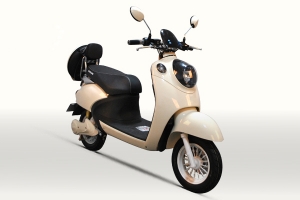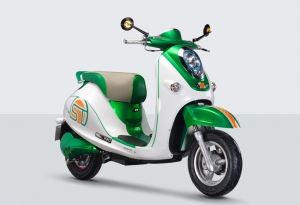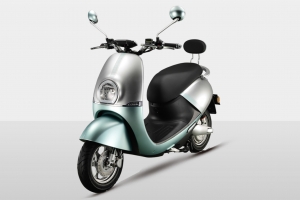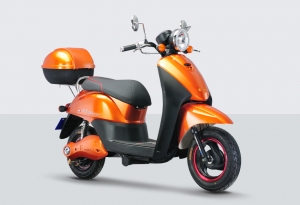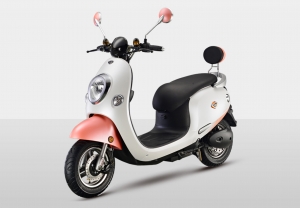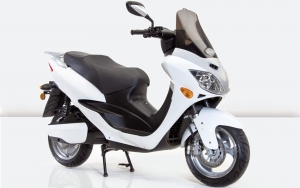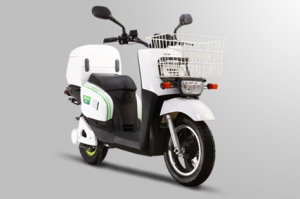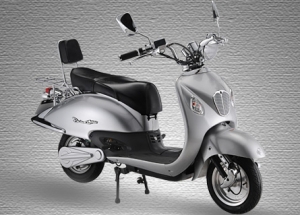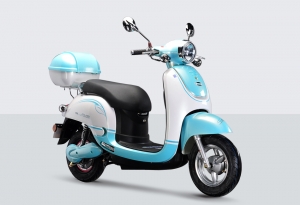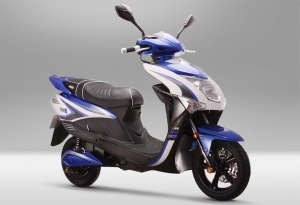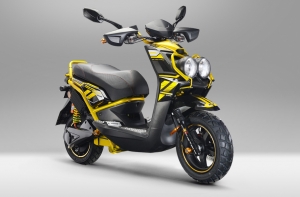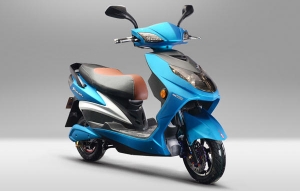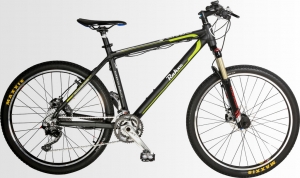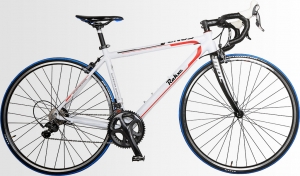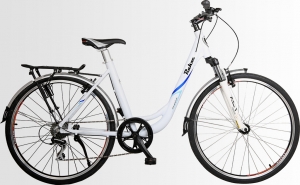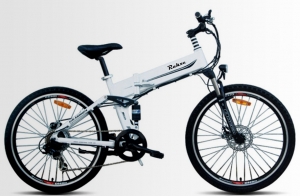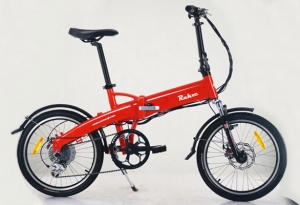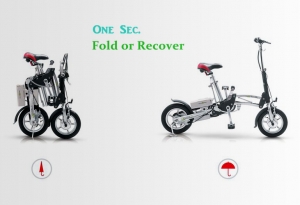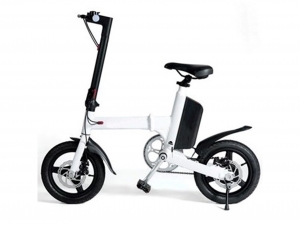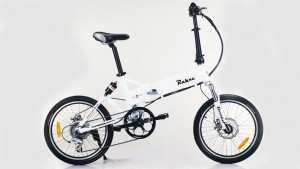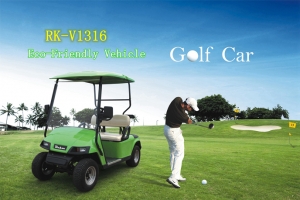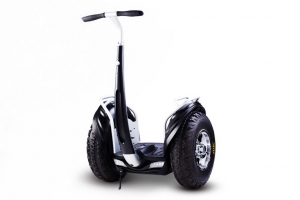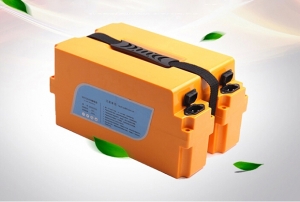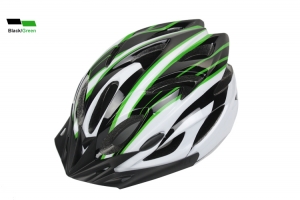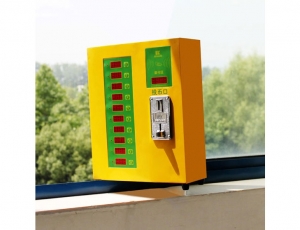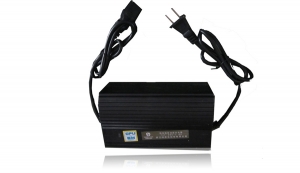In Australia, our beautiful wide brown land means that we love our big cars. Holden’s Commodore and Ford’s Falcon dominated the top of new vehicle sales lists for decades; even in recent years, and even in light of both brands shutting down, they’re strong sellers. All of the five most popular cars in Australia are petrol-powered, but that looks set to change; you’ll just have to give it a few years first.
The electric vehicle du jour in Australia has to be the Nissan Leaf. It’s certainly been around for the longest, having launched in June 2012 — the Leading, Environmentally Friendly, Affordable Family Car initially had a claimed 160km range without using a drop of petrol, and the 2013 model refresh boosted that by around a fifth.
The Leaf is an all-electric vehicle; there’s no petrol engine, no oil pan, no fuel tank — only a 24kWh battery pack and a front-mounted 80kW electric motor. The next-gen Leaf should handle 300km on a single charge, too. The only problem is that at the moment, you don’t really see many Nissan Leafs driving around — noone seems to like them.
But prospective EV buyers can already also choose the Mitsubishi i-MiEV, with a 49kW motor and 16kWh battery pack, made for the CBDs of cities like Sydney and Melbourne. Australians aren’t exactly rushing to embrace electric tech, but there’s a middle ground. If you want to reassure yourself with a petrol-backup hybrid (no range anxiety!), you’re spoiled for choice with the prototypical Toyota Prius, the Holden Volt, the Camry Hybrid, the Lexus RX400h — and the list goes on.
But whether Australians like it or not, there are a lot more electric cars — both hybrids and pure plug-in EVs — on the horizon.
Next week, I’m test-driving an EV that is another step on the long road towards electric Nirvana. Mitsubishi’s Outlander PHEV makes that crucial jump of not having a petrol motor connected to its drivetrain at any speed below 60km/h; unless you’re on the highway or a toll road, the 2-litre four-cylinder only serves to charge the soft-roader SUV’s 12kWh battery — good for around 50km of outright range. You can plug the PHEV into a wall outlet to refill its battery, so if you’re commuting a short distance in it, you could avoid using petrol entirely.
Why Go Electric?
The environmental benefits of electric vehicles cannot be overstated. Beyond the energy and industrial cost of the car’s initial production (stamping panels, moulding interior plastics, and so on), there’s virtually no ongoing cost to the environment from running the vehicle compared to a petrol- or diesel- or LPG-powered car. There is the logistical concern of lithium battery production — where do you source a huge amount of lithium and graphite without strip-mining and trashing the planet? — but that’s a different conversation.
Buy an electric car and all your driving energy comes from the electrical grid. It’s far easier to improve greenhouse gas emissions by replacing and refurbishing one or all of the 167 coal and gas power stations (above 1MW output) around Australia than by replacing and refurbishing the 20 million cars on the road. If you care about the environment, buying an electric car makes sense.
Tesla Motors’ Affordable Electric Car Is Only A Year Away
The Outlander PHEV isn’t a full, proper electric car, but it’s 90 per cent of the way there. Tesla Motors is on the verge of launching its Model S in Australia — at the moment, the 500KM-rated luxury sedan is the gold standard for electric power. A massive 60 or 85kWh battery pack and rear-mounted electric motor propels the car from 0-100km/h in 4.4 seconds, seating up to seven in comfort and safety without drinking a drop of petrol.
Tesla’s entire business model is predicated on electric vehicle technology, so it’s the company I automatically look to for a hint at what the future holds for electric cars. There’s a soft-roader Tesla Model X on the way, and in another year or two, an incredibly promising-sounding mass-market Model E city car. If other manufacturers step up their game to challenge Tesla for market share, that can only be a good thing for buyers and the environment.
This gradual filtering of electric motors and high-capacity lithium batteries into mainstream consumer vehicles is even mirrored in their recent entry into the hardcore supercar market. The McLaren P1 uses a front-wheel-drive electric motor and centrally-mounted battery to provide what it calls “torque fill” at low revs while the 3.8-litre V8′s two massive turbochargers spool up.
The Porsche 918 Spyder uses two electric motors — one for the front wheels, and one to directly supplement the petrol-burning 4.6L naturally aspirated V8. The BMW i8 is the supercar most committed to electric power; you can drive it entirely on battery, and thanks to this BMW claims its combined cycle fuel consumption as a mere 2.1L/100km. The LaFerrari is a little less refined, but it’s still a significant step forward technologically.
All of these cars will (hopefully) make their way to Australian shores eventually. As will mainstream all-electric vehicles from Ford and Holden, and every other carmaker worth its salt. If they want to keep making sales in a world where fuel efficiency and environmental impact is becoming increasingly important in buyers’ minds, they’ll have to.
—— By CAMPBELL SIMPSON

